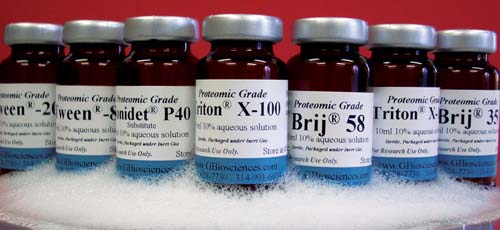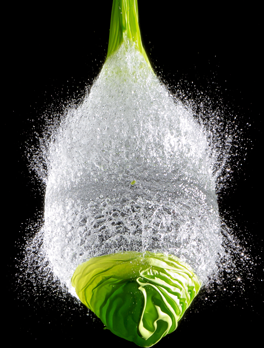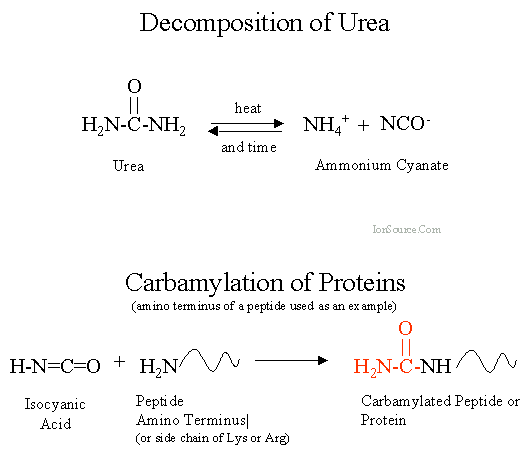While researchers use several ways to visualize their protein samples, there isn’t a single best approach that is ideal for all cases. Each visualization technique has its own unique advantages and limitations, and so may only be suitable for certain applications.
Dyes, Ions, or Fluorescent Stains: What Are the Best Ways to Visualize Protein In Gels?
Topics: Protein Electrophoresis
Best Ways to Remove Detergents in Protein Samples
While detergents play a vital role in separating proteins from the hydrophobic portions of the cell membrane during extraction and sample preparation, they need to be removed after successfully serving their purpose to prevent them from interfering with downstream applications (e.g., IEF, ELISA, protease digestion of proteins).
Topics: Detergents
Different Types of Extraction Buffers and When to Use Them
Successful biochemical analysis heavily relies on the effective extraction of biologically active proteins from source materials (e.g., cell and tissue samples). Thus, you need to have an excellent working knowledge of your target protein(s) and use the appropriate extraction buffers for a given experimental design to ensure optimal protein recovery.
Topics: Protein Extraction
Preventing Carbamylation When Using Urea as a Protein Solubilization Buffer
When it comes to solubilizing and denaturing proteins prior to isoelectric focusing and 2-D gel electrophoresis, most researchers choose urea. This is not surprising since this mild chaotropic agent can completely disrupt the interactions between protein molecules and increase the efficiency of protease activity in protein digestion while effectively preventing proteins from aggregating and/or precipitating. In addition, urea is also used for renaturing proteins from previously denatured samples.
Topics: Protein Extraction







